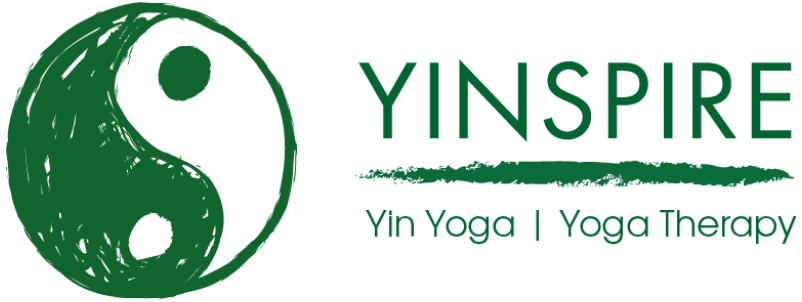Yoga may help relieve low-back pain and neck pain, but it has not been shown to be helpful for some other painful conditions such as headache, arthritis, fibromyalgia, or carpal tunnel syndrome. According to the 2012 National Interview Survey (NHIS), approximately 9.5 percent of U.S. adults and 3.1 percent of U.S. children practiced yoga in 2012. Although most of the adults surveyed who practice yoga reported doing so for wellness-related reasons, many said they practiced yoga to treat a specific health condition, including pain. This issue of the digest provides a summary of available research on yoga for pain, including fibromyalgia, low-back pain, headaches, neck pain, and arthritis.
You may wonder why I am mentioning this publication as comments like but it has not been shown to be helpful for some other painful conditions such as headache, arthritis, fibromyalgia, or carpal tunnel syndrome” are not exactly a good advert for Yoga Therapy? Well the devil is in the detail, as is often the case – read on and you will see the detail in the article is different to the headline.
The quote above refers to using medical research to evidence Yogas benefit. Medical Research is the gold standard and works to a very high level of assurance, which is what you want when evaluating drug treatments or surgical interventions for many people and at millions of pounds cost to the public. However when it comes to interventions like Yoga Therapy the dynamics are very different, and a medical research approach doesn’t work so well.
First, the use of a modality like Yoga to help with a condition tends to be a personal choice, to complement medical treatment from Doctors, or as a first alternative to seeking such treatment – hence the talk of Complementary and Alternative Therapies. Rather than being offered to many people at a large public cost as a packaged treatment in the same way as a drug, Yoga Therapy tends toward an individual investing a smaller amount in their own health – its very personalised.
Second, research tends to work by taking one factor in isolation and seeing if its changed, eg for pain, has the patients pain score improved as a result of Yoga? Yes or No? Are we sure? However what then gets missed is that practices like Yoga work on a number of levels – for example, your pain score may not have changed absolutely, but your attitude and emotional responses have improved, you are better able to cope and your overall health and quality of life is improved. Whilst some research tries to pick this up, much doesn’t.
If you dig into the NCCIH article under Fibromyalgia for example, whilst the headline says “(Yoga) has not been shown to be helpful for .. fibromyalgia” the detail is more nuanced:
Recent systematic reviews and randomized clinical trials provide encouraging evidence that some mind and body practices such as yoga may help relieve some fibromyalgia symptoms.
In 2017, the European League Against Rheumatism (EULAR) evaluated non-pharmacologic therapies, including complementary health approaches, and issued revised recommendations for the management of fibromyalgia. The strength of these recommendation is “based on the balance between desirable and undesirable effects (considering values and preferences), confidence in the magnitude of effects, and resource use. A strong recommendation implies that, if presented with the evidence, all or almost all informed persons would make the recommendation for or against the therapy, while a weak recommendation would imply that most people would, although a substantial minority would not.” – Based on the evaluation of acupuncture, meditative movement practices (e.g., tai chi, qi gong, and yoga), and mindfulness-based stress reduction, the recommendation for each was weak for use of the therapy.
The “weak recommendation” still suggests most people would be helped!
This is a typical outcome from research into Yoga based practices – there is evidence it, Yoga, can help but the evidence doesn’t necessarily support if being better than, say, medication – however for most people its not an either or, its a both.
If you dig into the depth of the NCCIH article, there is evidence to support the use of Yoga for for Fibromyalgia, Low Back Pain, Neck Pain, Headaches and Arthritis.
So Yoga can help with most pain related problems, be it a short term problem, say after injury or surgery (acute pain) or a longer term problem (Chronic pain).
However not all Yoga is created alike, and as much as Yoga can help, it can also hinder – thats where a Yoga Therapist comes in. Yoga Therapists are trained to use Yoga practices to support peoples health and well-being, and experienced in using Yoga in this way.
I know from my own professional practice that more often than not pain conditions will be helped by yoga. Its yoga a magic cure all? No, no one claims it to be. Does it help people cope and reduce their symptoms? Most of the time yes. And, when you get down to the detail, thats what NCCIH are saying!

